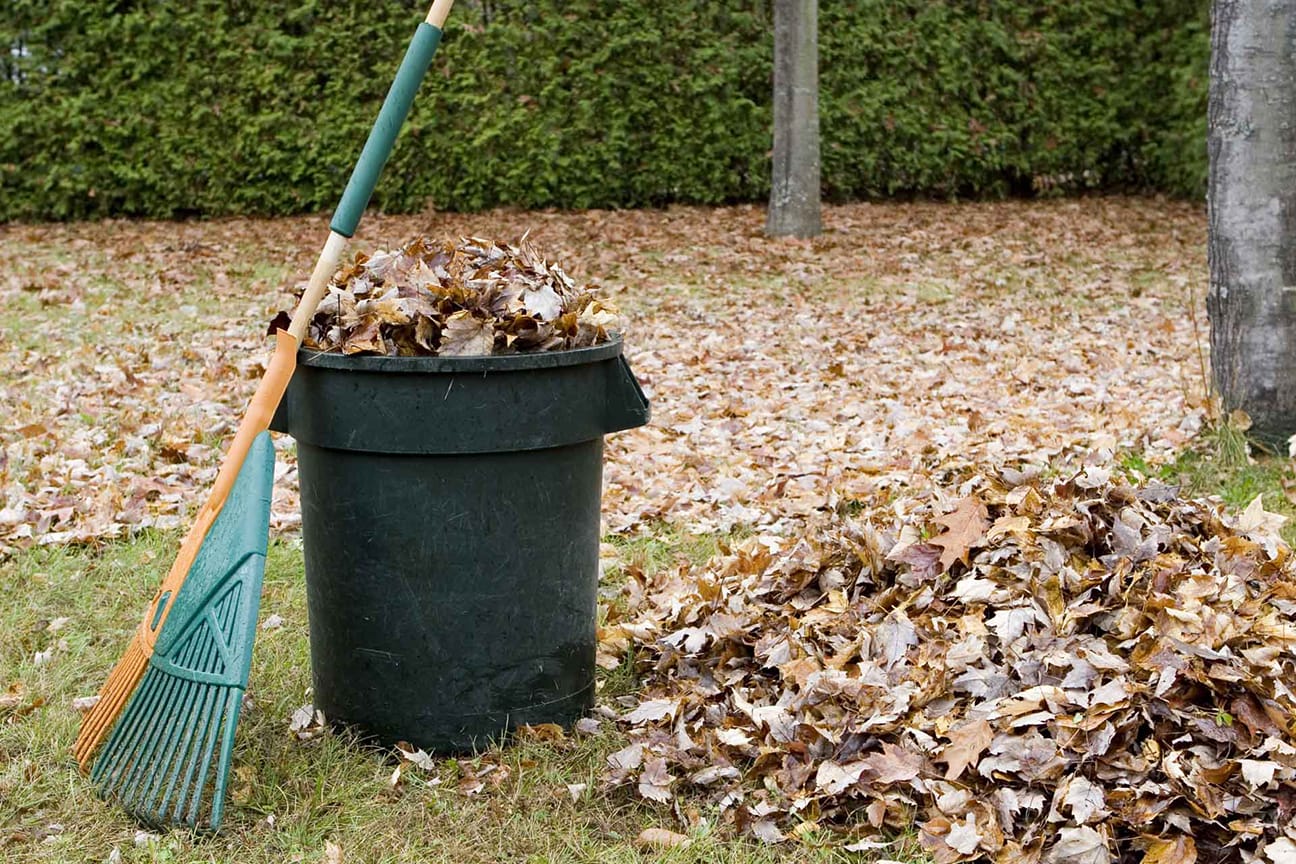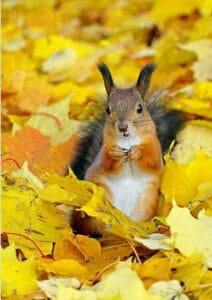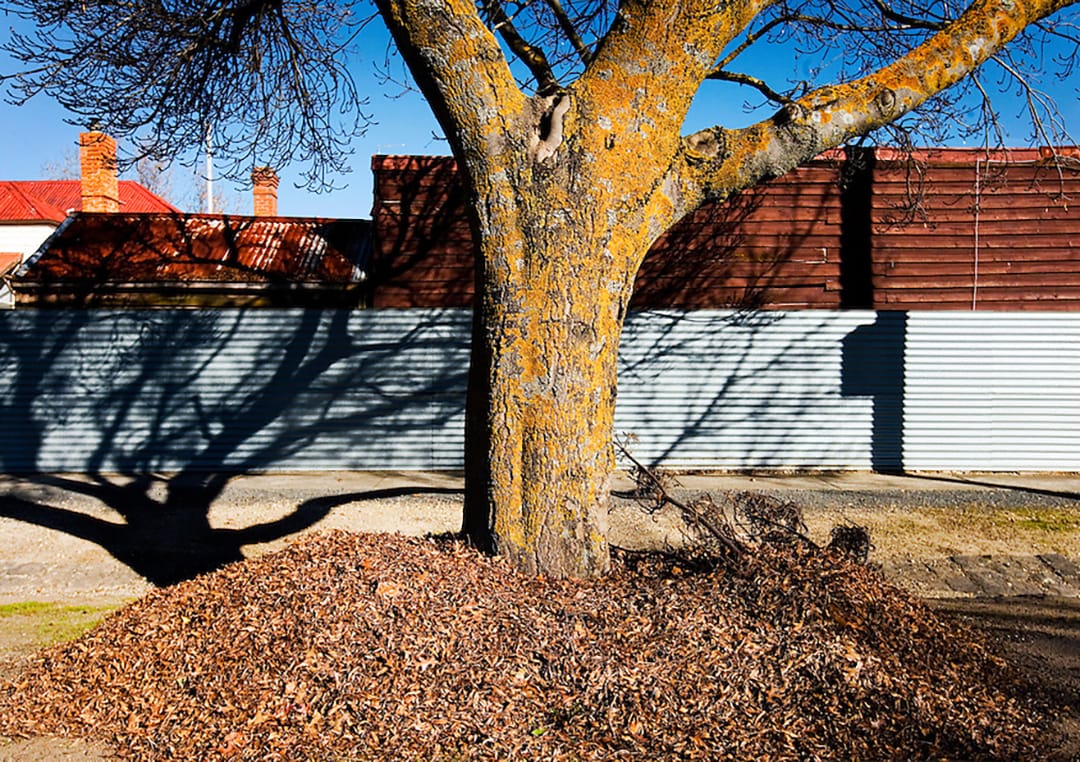You know it is fall when the temperature gets cooler and leaves are changing into beautiful shades of red, orange, and copper, plus fallen leaves are being raked up, bagged, and thrown away.
Wait, what? Leaves are thrown away? In fact, yard trimmings account for 13 percent of solid waste material in a landfill. That is approximately 33 million tons a year (https://www.epa.gov).

For some places, bagging and landfilling leaves seems commonplace, but other communities have found a better use for fallen leaves! Several factors point toward the “leave the leaves” method instead of the “bag and trash” method.
*Fallen leaves that are left to decay return nutrients back to the soil and surrounding vegetation.

*Many animals find shelter under the leaves or use fallen leaves as nesting material. Small animals also depend on fallen leaves as a food source. These cute critters include small mammals, birds, and invertebrates.
*Leaves act as a natural fertilizer and reduce weed growth.
If you are concerned about less desirable wildlife hiding in leaf piles, you can always rake leaves in a tight circle around a tree or in a neat pile well away from your house. Adding shredded leaves to your garden beds and planters acts as a natural fertilizer and insulator when temperatures drop.

There are many ways you can utilize the natural resources your land provides. Instead of throwing away fallen leaves, keep them on the ground to promote healthier soil and plants, plus support native wildlife.
-Vanessa Hays, Natural Resources Management Specialist
